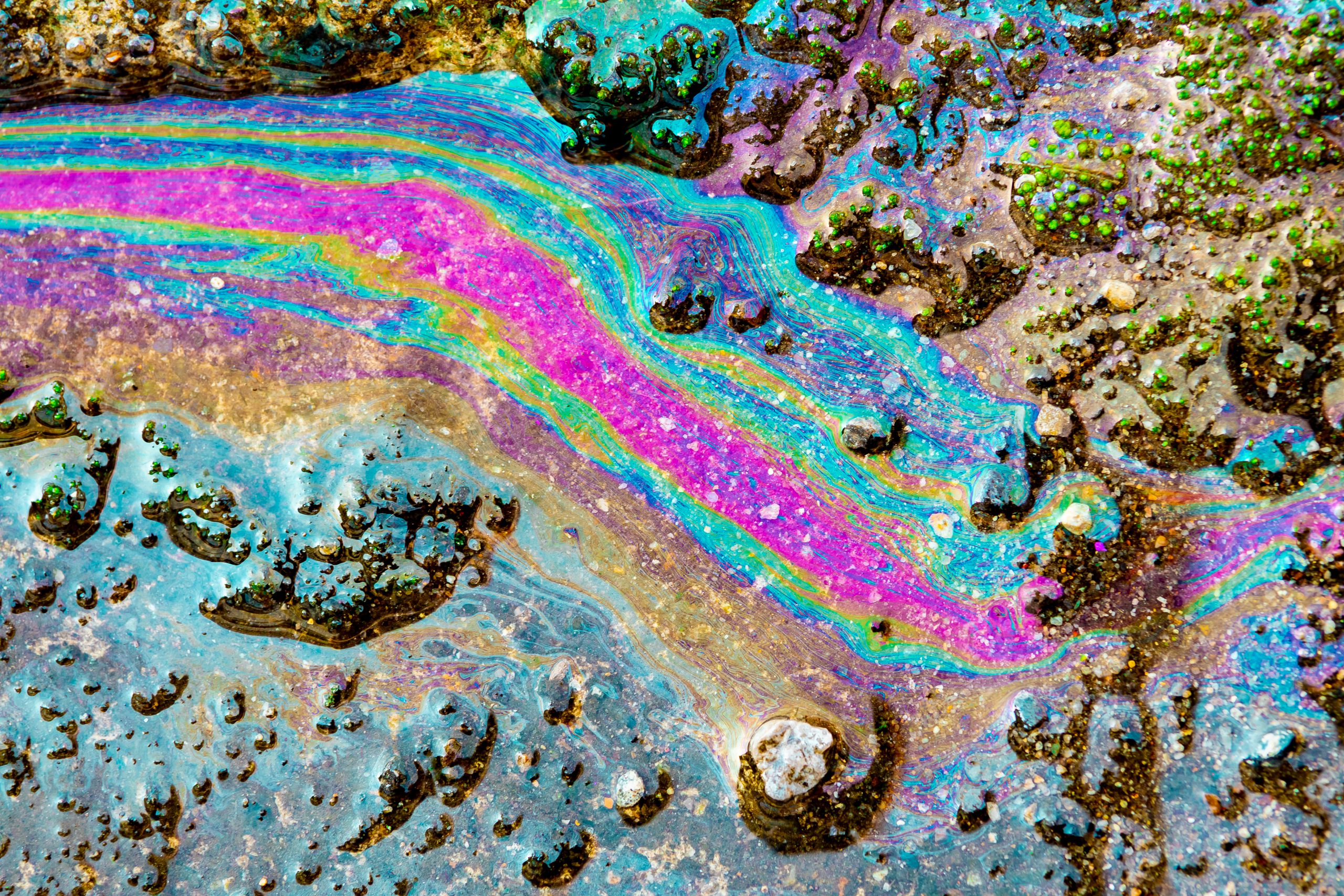Oil spills are significant events with lasting impact on the environment, including but not limited to wildlife. A primary threat to the life and well-being of wildlife from oil spills is the contaminant interferes with animals’ and birds’ mobility and body temperature regulation. An oiled bird, for example, can quickly develop hypothermia when its feathers are coated with a contaminant. Tri-State Bird Rescue & Research Inc. has a trained team of volunteers with expertise in carefully cleaning and rescuing oiled wildlife. For a look at this specialized process, click here.
Sharing a mission of responding to environmental crises and mitigating risks, Global Risk Solutions is proud to support an effort to raise awareness and funds for Tri-State Bird Rescue. Our Executive General Adjuster and Manager of Marine Claims, Peter Wiswell, is bicycling across the country in a ride called Wheels for Wings to help Tri-State to purchase a new vehicle for its Oiled Wildlife Response Team.
What happens when a spill occurs? Under the Oil Pollution Act of 1990, oil spill reporting is required. Notably, the reporting requirement is triggered not by a specific amount spilled but whether there is a visible sheen on the water surface or adjoining shorelines. Numerous laws and regulations govern facilities and vessels that store and transport oil. For example, U.S. Code Title 33, Chapter 40, contains hundreds of provisions relating to oil pollution on the waters under jurisdiction of the federal government. Strong risk management and a prompt response to environmental incidents are critical to mitigating damage and enabling restoration following a spill.
The report of an environmental incident activates multiple government agencies. One of those is the National Oceanic and Atmospheric Administration (NOAA). NOAA’s Office of Response & Restoration is responsible for responding to oil spills, chemical accidents and other emergencies that occur in coastal waters. Under a National Contingency Plan, NOAA delivers scientific support to the federal agency coordinating the onsite response to spills involving oil or other hazardous materials. In most cases, the federal onsite coordinator for marine spills is the U.S. Coast Guard, while the U.S. Environmental Protection Agency (EPA) handles inland spills.
Other organizations, including Global Risk Solutions’ Environmental Risk Management Solutions (ERMS) division, also may be contracted to respond with environmental risk management and crisis management services. GRS and its ERMS division have decades of experience internationally in helping clients mitigate, respond, recover and contain the costs that arise from natural and human-caused environmental catastrophes.
Oils and derivative products released into the environment can have a major impact on natural resources and wildlife, particularly wild birds. Responding to and rehabilitating oiled wildlife is a mission of Tri-State Bird Rescue & Research Inc., a nonprofit organization that treats about 3,000 injured, orphaned or contaminated native wild birds annually. Tri-State Bird Rescue is available 24/7/365 and typically can set up onsite oiled wildlife response facilities and a site safety plan within 12 to 24 hours.
Follow Peter Wiswell’s journey at www.globalrisksolutions.com and on social media. To follow his progress during Wheels for Wings, click here to see a daily tracker.

